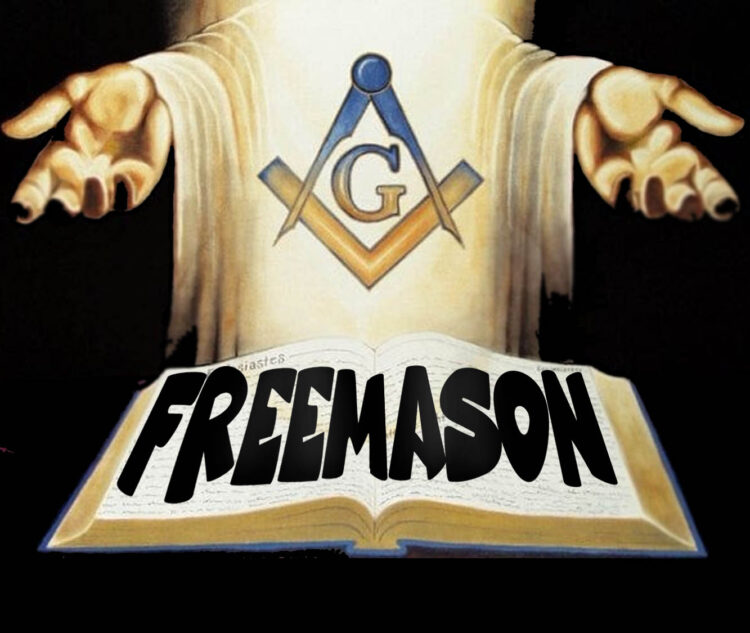Introduction
For centuries, the Freemasons have intrigued historians, conspiracy theorists, and the public alike. As one of the world’s most well-known secret societies, they are shrouded in mystery, speculation, and countless theories regarding their influence on politics, religion, and history itself. But what are the Freemasons truly about? This article delves deep into their origins, beliefs, rituals, symbols, and the role they play in modern society.
The Origins of Freemasonry
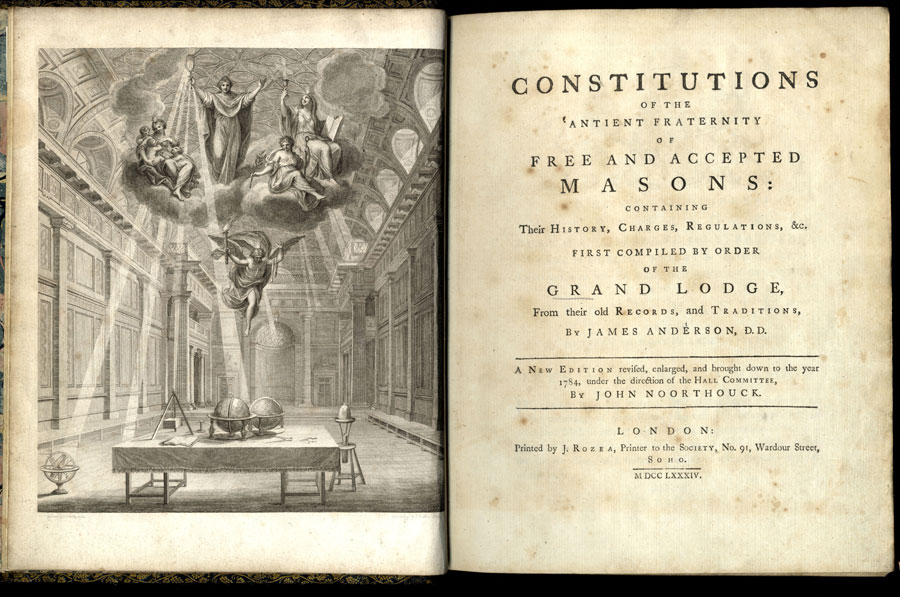
The origins of Freemasonry are heavily debated, with many theories linking them to medieval stonemasons, the Knights Templar, and even ancient Egyptian mystery schools. However, the earliest verifiable Masonic records date back to the late 16th and early 17th centuries in Scotland and England.
Freemasonry, as we understand it today, developed from the guilds of stonemasons who built cathedrals and other structures in Europe. These guilds had a hierarchical structure, with apprentices, journeymen, and master masons. As cathedral building declined, these guilds began admitting non-stonemasons, leading to the formation of speculative Freemasonry—focused on moral philosophy rather than stonework.
In 1717, the first Grand Lodge was officially established in London, marking the beginning of organized Freemasonry as we know it today.
Structure and Membership
Lodge System
Freemasonry is structured into local groups known as lodges. Each lodge operates under the authority of a Grand Lodge, which governs Masonic activity within a specific region or country.
Degrees of Freemasonry
Freemasons progress through a series of degrees, each with its own teachings and rituals:
- Entered Apprentice: The first degree, representing moral and spiritual awakening.
- Fellowcraft: The second degree, symbolizing further education and personal growth.
- Master Mason: The highest degree in basic Freemasonry, signifying maturity and deeper understanding.

Beyond these, there are additional higher degrees, such as those in the Scottish Rite (up to the 33rd degree) and the York Rite.
Notable Members
Throughout history, Freemasonry has attracted influential figures, including:

- George Washington – The first U.S. President and a prominent Freemason.
- Benjamin Franklin – A key founding father and active Mason.
- Winston Churchill – Former British Prime Minister.
- Mozart – The legendary composer.
- Voltaire – The Enlightenment thinker.
- J. Edgar Hoover – The first Director of the FBI.
Masonic Beliefs and Philosophy
Freemasonry is not a religion, but it requires its members to believe in a Supreme Being. This belief is broad and encompasses different faiths. The Masonic concept of the “Great Architect of the Universe” serves as a unifying principle among members of diverse religious backgrounds.
Freemasonry emphasizes moral integrity, charity, brotherhood, and personal development. The organization teaches its members to seek enlightenment, practice tolerance, and contribute to society through philanthropic efforts.
Symbols and Their Meanings
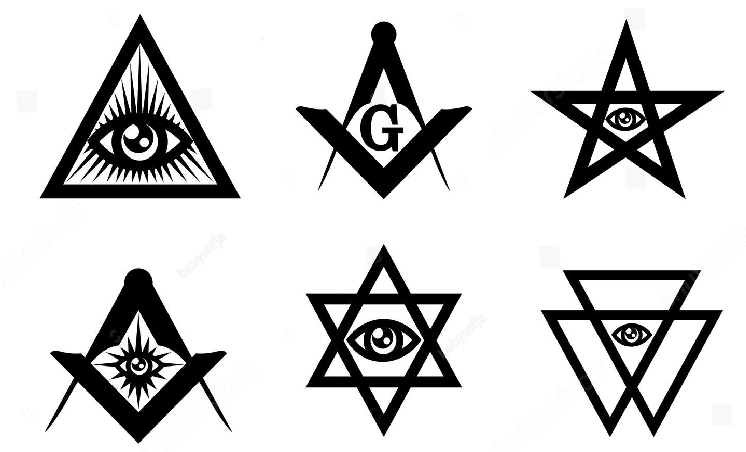
Masonic symbols play a crucial role in conveying the organization’s teachings and philosophies. Some of the most prominent symbols include:
- The Square and Compasses: The most recognized Masonic symbol, representing morality and wisdom.
- The All-Seeing Eye: Often associated with the Eye of Providence, symbolizing divine watchfulness.
- The Letter “G”: Represents both God and Geometry, a fundamental Masonic principle.
- The Level and Plumb Rule: Signifying equality and upright behavior.
- The Apron: Worn during rituals, representing purity and dedication to Masonic ideals.
Masonic Rituals and Practices
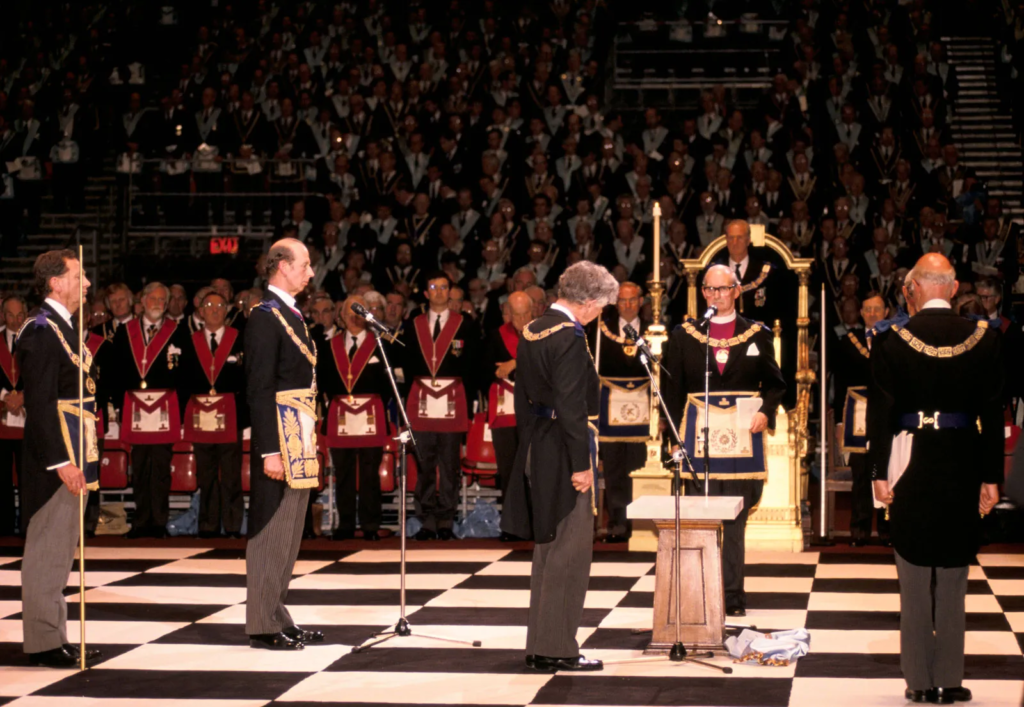
Freemasonry is deeply rooted in ritualistic traditions. These rituals serve as a way to impart lessons, build camaraderie, and maintain secrecy. Some of the most significant rituals include:
Initiation Ceremony
New members undergo an initiation ritual where they are blindfolded (symbolizing ignorance) and guided through symbolic gestures before taking an oath of secrecy and loyalty.
Secret Handshakes and Passwords

Freemasons use handshakes and passwords to identify one another and ensure the secrecy of their meetings. These vary by degree and jurisdiction.
The Tracing Board
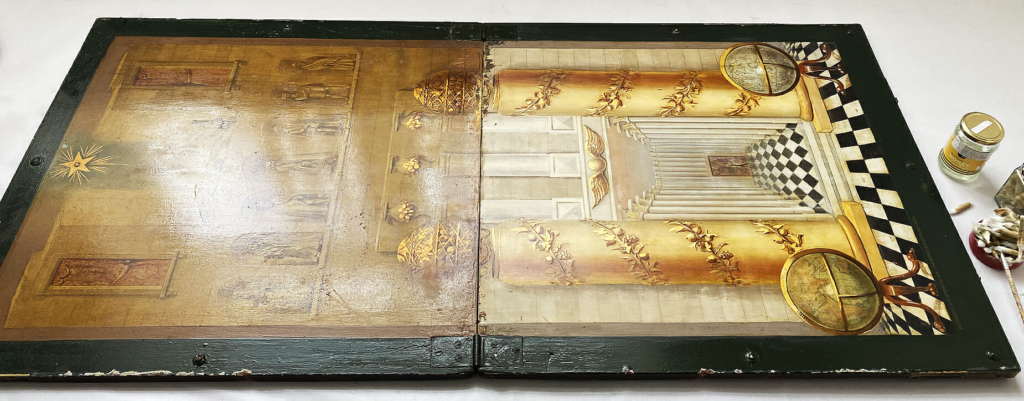
A visual aid used in Masonic teachings, depicting symbols and allegories that help members understand moral lessons.
Funeral Rites
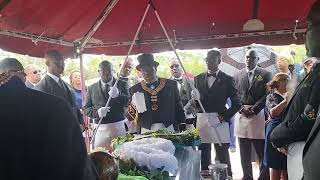
Freemasons perform specific funeral rituals for deceased members, emphasizing immortality and the hope of resurrection.
The Influence of Freemasonry
Political and Social Impact
Freemasonry has played a significant role in history, especially in the shaping of democratic ideals. Many American founding fathers were Freemasons, and Masonic principles are believed to have influenced documents like the U.S. Constitution.
Charitable Contributions
Freemasons are known for their philanthropic efforts, funding hospitals, educational programs, and disaster relief initiatives worldwide.
Influence on Tech Giants
There are claims that major tech companies, such as Google, Apple, and Microsoft, have ties to Freemasonry. Some theorists suggest that the Gmail logo resembles the Masonic apron, and that major CEOs and founders have been influenced by Masonic principles. Additionally, some believe that the tech industry’s emphasis on secrecy, hierarchy, and symbolism mirrors Masonic structures. While there is little concrete evidence to support these claims, the speculation continues to fuel discussions about the influence of secret societies on modern corporations.
Freemasonry Today
Freemasonry has seen fluctuations in membership over the years. While it was once a powerful and influential organization, modern times have seen a decline in active members. However, it remains a significant institution with millions of members worldwide, continuing its traditions and values.
Freemasonry today exists in nearly every country, with Grand Lodges in the United States, United Kingdom, France, and many other nations.
Conclusion
Freemasonry is a fascinating and enigmatic organization with deep historical roots, philosophical teachings, and a structured hierarchy. While it has been the subject of numerous conspiracy theories, the essence of Freemasonry remains centered on moral development, brotherhood, and charity.
Though many of its rituals and symbols remain secret, its impact on history, politics, and society is undeniable. Whether viewed as a benevolent fraternity or a shadowy powerhouse, Freemasonry continues to intrigue and inspire those who seek to uncover its mysteries.

